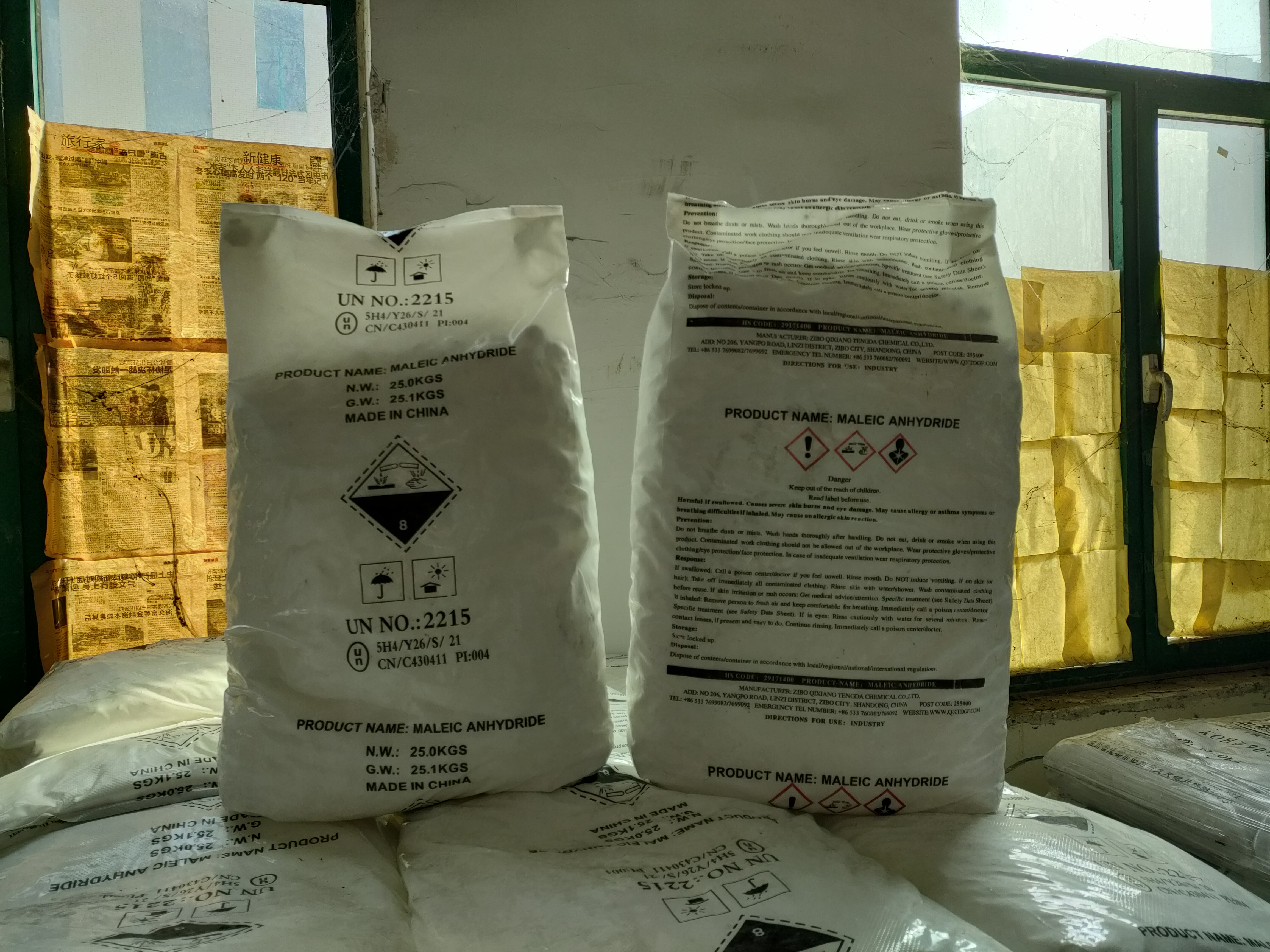
專注品質,信賴服務
我們用心做產品服務

咨詢熱線:
13655318786

專注品質,信賴服務
我們用心做產品服務

咨詢熱線:
13655318786
在制冷工程中,冷卻設備通常有兩種方式:一種是利用制冷劑直接蒸發被冷卻物體,另一種是利用制冷劑間接冷卻被冷卻物體。采用二種方法的優點是:可以將制冷劑系統集中在機房內或很小的范圍內,使制冷系統的連接管道和接頭大大減少,便于密封和系統檢漏,對于一些易燃有毒的制冷劑,可以提高制冷設備的性和可靠性;同時,制冷劑的充注量也大大減少;特別是在大容量、集中冷卻的設備中,利用冷卻劑可以方便地解決制冷量的控制和分配問題。便于機器的操作和管理。冷水機組空調領域采用水作為冷媒,在低溫冷凍制冷領域,更常用乙二醇、甘油等鹽溶液或有機制冷劑。
In refrigeration engineering, there are usually two ways for cooling equipment: one is to use refrigerant to directly evaporate the cooled object, and the other is to use refrigerant to indirectly cool the cooled object. The advantage of using two methods is that the refrigerant system can be concentrated in the computer room or within a small range, greatly reducing the connection pipes and joints of the refrigeration system, facilitating sealing and system leakage detection. For some flammable and toxic refrigerants, it can improve the safety and reliability of refrigeration equipment; At the same time, the amount of refrigerant charged is greatly reduced; Especially in high-capacity, centralized cooling equipment, the use of coolant can easily solve the problem of controlling and distributing refrigeration capacity. Easy to operate and manage the machine. In the field of chiller air conditioning, water is used as the refrigerant. In the field of low-temperature refrigeration, salt solutions such as ethylene glycol and glycerol or organic refrigerants are more commonly used.

水的冰點是0℃,只適用于冷卻溫度在0℃以上的場合。無機鹽水溶液具有較低的凝固溫度,適合在中低溫制冷設備中載冷。鹽水溶液的比重和比熱比較大,所以鹽水溶液的體積循環量小。但鹽水溶液具有腐蝕性,尤其是微酸性的稀鹽溶液,與空氣接觸,對金屬材料的腐蝕性很強。
The freezing point of water is 0 ℃ and is only suitable for cooling temperatures above 0 ℃. Inorganic saline solutions have a lower solidification temperature and are suitable for cooling in medium to low temperature refrigeration equipment. The specific gravity and specific heat of saline solution are relatively high, so the volume circulation of saline solution is small. However, saline solutions are corrosive, especially slightly acidic dilute salt solutions that come into contact with air and have a strong corrosive effect on metal materials.
在有機制冷劑中,乙二醇、丙二醇和甘油水溶液被廣泛使用。乙二醇和丙二醇的水溶液特性相似,共晶溫度可達-60℃左右,比重和比熱容大。丙二醇比乙二醇更具腐蝕性。乙二醇比丙二醇低,微毒,濃度不一樣溫度也不一樣。甘油(丙三醇)是一種非常穩定的化合物,其水溶液對金屬無腐蝕性、性,可與食物直接接觸,因此是一種很好的冷卻劑。而甘油的導熱系數相對較低,換熱稍差,需要大面積的換熱器,增加了成本。其中乙二醇應用廣泛,如大型冷庫、低溫熱泵、冷熱源集中的制冷空調試驗裝置等,但乙二醇對金屬也有微弱的腐蝕作用。
In organic refrigerants, aqueous solutions of ethylene glycol, propylene glycol, and glycerol are widely used. The aqueous solutions of ethylene glycol and propylene glycol have similar characteristics, with a eutectic temperature of around -60 ℃ and a high specific gravity and heat capacity. Propylene glycol is more corrosive than ethylene glycol. Ethylene glycol is cheaper than propylene glycol, slightly toxic, and has different concentrations and temperatures. Glycerol (glycerol) is a very stable compound, and its aqueous solution is non corrosive and non-toxic to metals. It can come into direct contact with food, making it a good coolant. However, the thermal conductivity of glycerol is relatively low, and the heat transfer is slightly poor, requiring a large-area heat exchanger, which increases the cost. Ethylene glycol is widely used, such as in large-scale cold storage, low-temperature heat pumps, refrigeration and air conditioning testing devices with concentrated cold and heat sources, but ethylene glycol also has a weak corrosive effect on metals.
上一篇:馬來酸酐結構式與馬來酸酐接枝
下一篇:順酐的使用能不能降低成本?